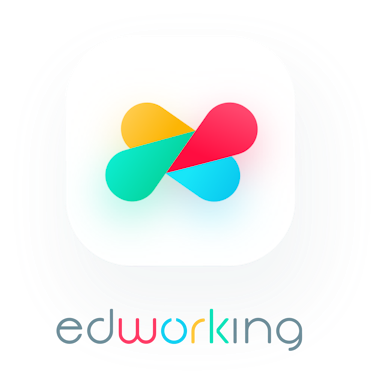Palico AI represents a significant evolution in LLM (Large Language Models) application development. Unlike conventional methods, LLM development requires extensive trial and error to fine-tune variables such as model accuracy, hallucination rates, latency, and cost. Palico AI offers a structured, rapid experimentation framework to seamlessly test diverse combinations and quickly iterate toward achieving optimal accuracy.
The Challenge in LLM Development
LLM application development is uniquely iterative. Fine-tuning an application's performance means exploring thousands of possible combinations across LLM models, prompt templates, different architecture configurations, and more. This necessitates a robust framework that can handle rapid experimentation and iteration to systematically improve accuracy, reduce hallucinations, manage latency, and minimize costs.
Quick Start to Rapid Experimentation
The framework begins with a simple starter application:
Create a Palico App - Initiate the process by creating an application.
Configure API Keys - Quickly integrate OpenAI API keys into the `.env` file obtained from OpenAI.
Initialize Services - Set up required services when configuring a new Palico application in a fresh environment.
Execution and Customization - Launch your Palico App and interact with it through the Palico Studio at `https://localhost:5173/chat`, allowing for real-time modifications in `src/agents/chatbot/index.ts`.
Components of Palico App
Agents: The fundamental building blocks that execute specific methods like `chat()`.
```markdown
Example of an Agent:
Workflows: Structures for complex control flows and multi-agent systems providing modular flexibility with any libraries or tools.

Screenshot of Palico Studio in action, showing real-time interactions and modifications.
Experiments: The Core of Iterative Development
Palico emphasizes experimentation through three pivotal steps:
Benchmarking - Define expected application behavior using test-cases.
Evaluation - Run the application with specific configurations across the defined benchmark test-suite. Palico Studio facilitates this evaluation.
Analysis - Review and understand the impact of changes through metric comparisons, both within Palico Studio and through external tools like Jupyter Notebook.
Experimentation Example:
```markdown
Benchmark: Outline behavior expectations.
Evaluation: Execute with appConfig.
Analysis: Compare results using built-in or custom metrics.
Deployment and Integration
Once development and testing conclude, the Palico App compiles into Docker containers for ease of deployment across various cloud providers. The Client SDK offers connectivity to LLM agents or workflows from other services. Out-of-the-box tracing functionality is enhanced by the ability to include custom traces using OpenTelemetry.
Palico Studio: The Control Hub
Palico Studio acts as the control panel for your application, both during development on local machines and in production for monitoring runtime analytics. This segmentation ensures that all members of the development team have a comprehensive, integrated experience.
FAQ & Comparison
Comparison with Libraries like LangChain or LlamaIndex:
LangChain and LlamaIndex provide versatile tools but function more as utility libraries. In contrast, Palico AI represents a framework with built-in methodologies structured for rapid experimentation and accuracy improvements. You can integrate libraries like LangChain within Palico to enhance your LLM application while leveraging Palico’s robust experimentation tools.
Comparison with Evaluation Libraries:
Unlike standalone evaluation libraries, which may only offer grading tools, Palico provides a holistic framework. This includes complete development, experimentation scaling, and deployment capabilities, creating a more streamlined and productive ecosystem for LLM applications.
Remember these 3 key ideas for your startup:
Structured Experimentation: Palico AI’s framework allows for rapid experimentation and iteration, shortening the pathway to achieving optimal accuracy.
Integrated Development: Combines benchmarking, evaluation, and analysis into a seamless workflow, facilitating holistic development and enhancing team collaboration.
Simplified Deployment: With dockerized deployment and versatile SDKs, integrating and scaling your LLM applications becomes a hassle-free process.
For startups looking to improve their productivity, consider exploring these free productivity software. An integrated approach with Palico AI for rapid LLM development ensures efficient, scalable, and accurate language model applications.
For more details, see the original source.









